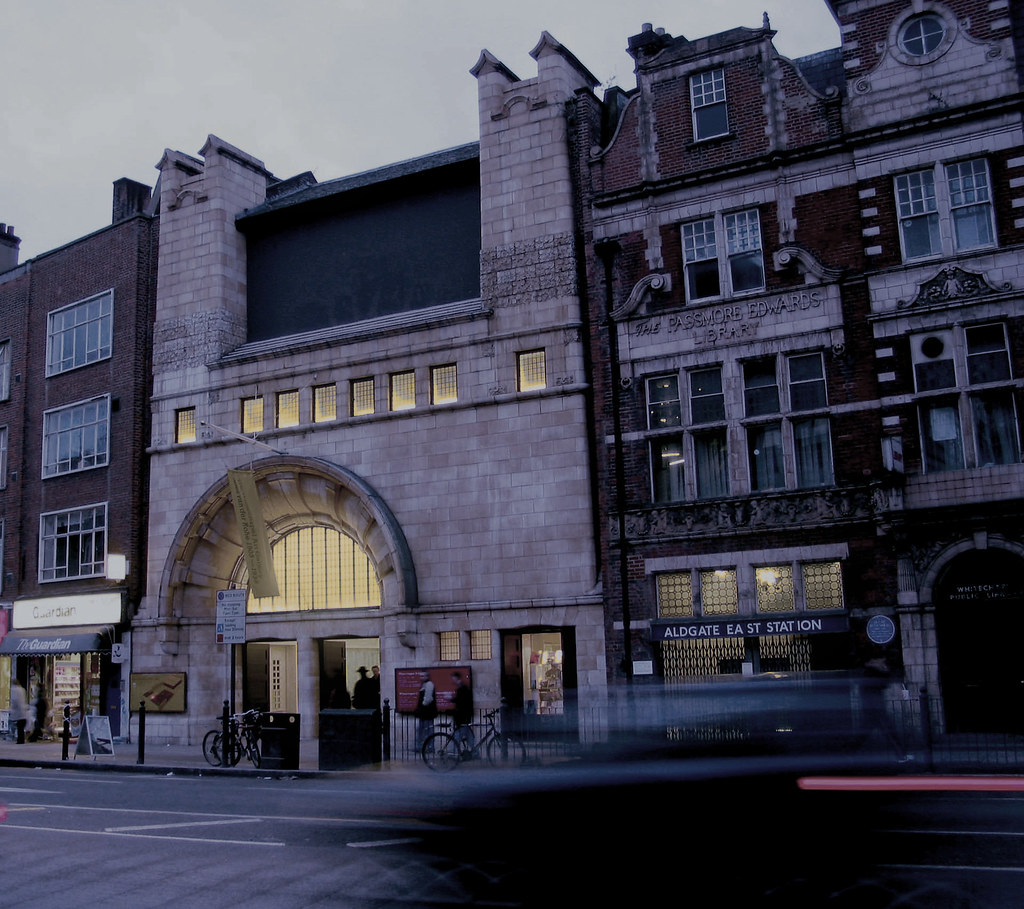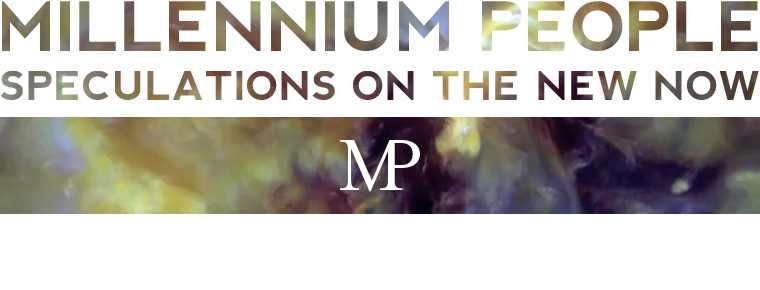
Last night I spoke at the Whitechapel for Love Art London on the subject of Robbrecht+Daem's Whitechapel Gallery extension and renovation. Perhaps the only downside was the fact that I delivered my bit, then had to repeat it twice more over a three hour period. During the second iteration a piece of sonic sculpture started singing next to me, and just before the third an old architect came and asked me some really intense questions, which threw/bored me. Unlike wine, but very much like humous, the subject did not improve with ageing. Here is the kernel of what I said:
There is almost perpetual conflict between the artist and the architect, though most of this can be put down to envy on the part of the architect. Never is this more true than when the architect is commissioned to design an art gallery. The temptation for the architect is to simply construct such a fantastic piece of sculpture than the building itself becomes art, and everything within it becomes somehow secondary to its housing. I'm thinking of Bilbao.
If the opportunity to really get in there and make a statement is non-existent, then the architect will prefer to design an art museum rather than a gallery. The contents of a museum are depoliticised, making the art safe for public consumption – and certainly no threat to the architecture. There is a feeble excuse sometimes given: since the word museum pertains to the muses, and therefore art is the product of divine inspiration, the proper place for art is in a temple. Hence the fact that most art galleries built up until the end of the 19th century were Neo-Classical, with steps running up to a large plinth and imposing collonnade. I'm thinking of the British Museum, the Tate, etc. While quite formal, at least everyone knew their place. The destruction of formal distinctions between art and architecture is what leads to the collapse of one onto the other. I'm thinking of Anish Kapoor's monstrosity for the London Olympics.
The Whitechapel is a heritage listed building. So is/was the adjacent 'Whitechapel Free and Public Library' which was bought by the gallery in 2001, with a view to expanding the relatively small exhibition space. Because the whole structure sits on top of Aldgate East tube, there wasn't that much room for architectural intervention. What remained for Robbrecht and Daem was principally a question of circulation.
The firm compared their proposal to a type of Art Internet: rather than the traditional sequence of lineally organised galleries, with coherently collated art, here the viewer can choose their own trajectory (backtracking, sidestepping and allowing intuition to guide them from one room to the next). Boredom was a big factor, the idea that someone could just pop in, have a coffee, do a quick swing into one, but not necessarily all, rooms and then whip out again.
I was pretty horrified by the analogy. If the Whitechapel acts, or is supposed to act, like the Internet – why on earth would I go it? If we look to print media, the newspapers and publications that are surviving and thriving (the Guardian, for example) are doing so by providing good critique, not simply news (which is omnipresent). If the art gallery fails to add anything to the experience a user might otherwise have clicking through their site, what is the difference? Why not virtualise the institution? I have to say I've been a couple of times since the Whitechapel reopened and I've found it each time pretty tame, maybe digitisation is the answer, an easier way to radicalise the art experience?

No comments:
Post a Comment